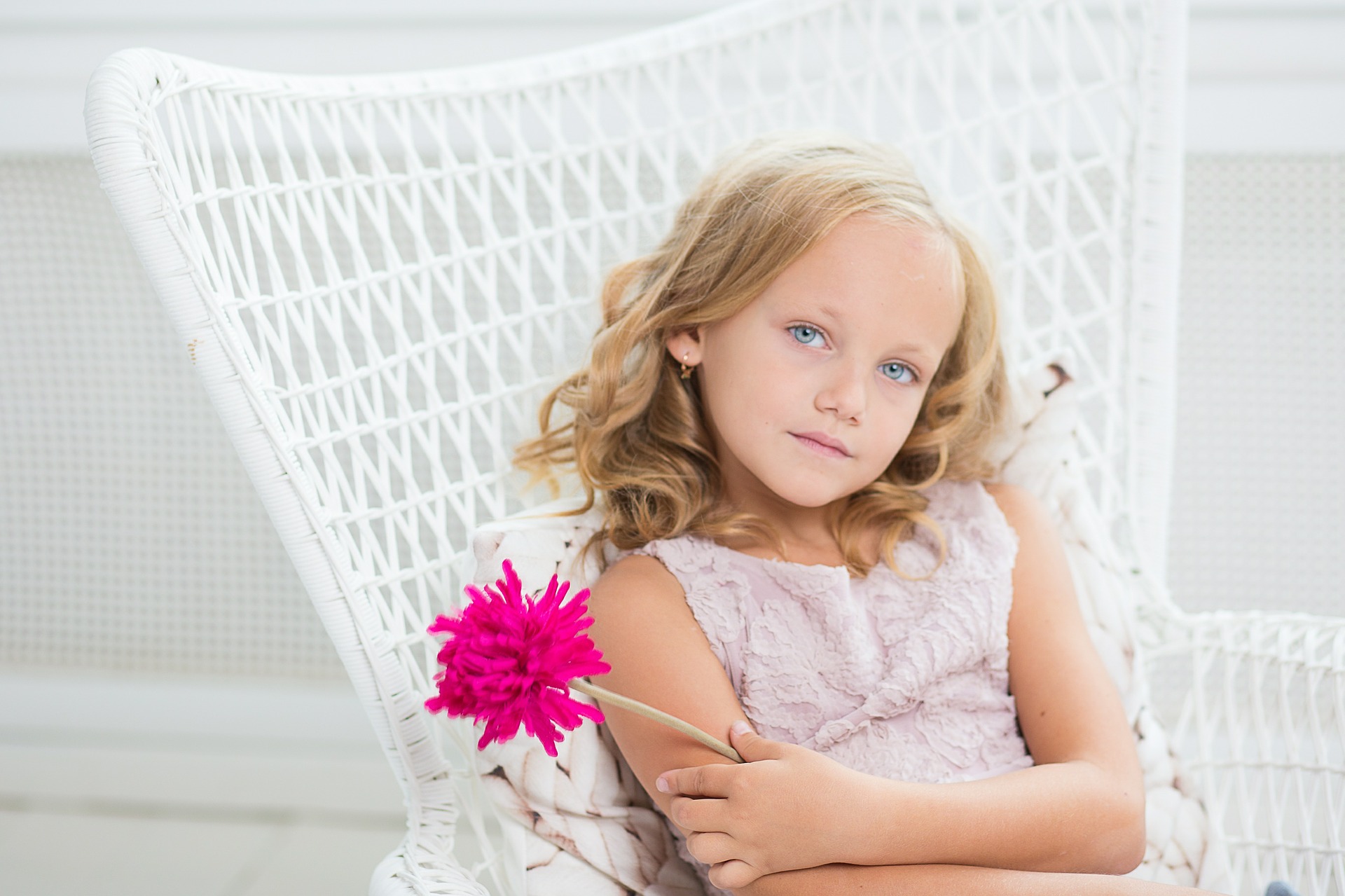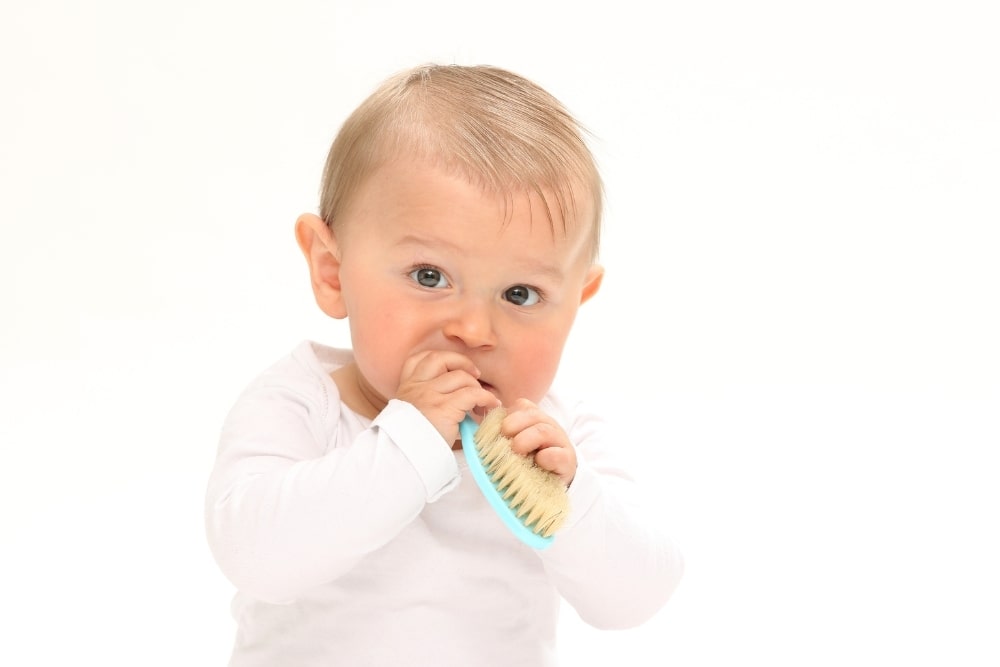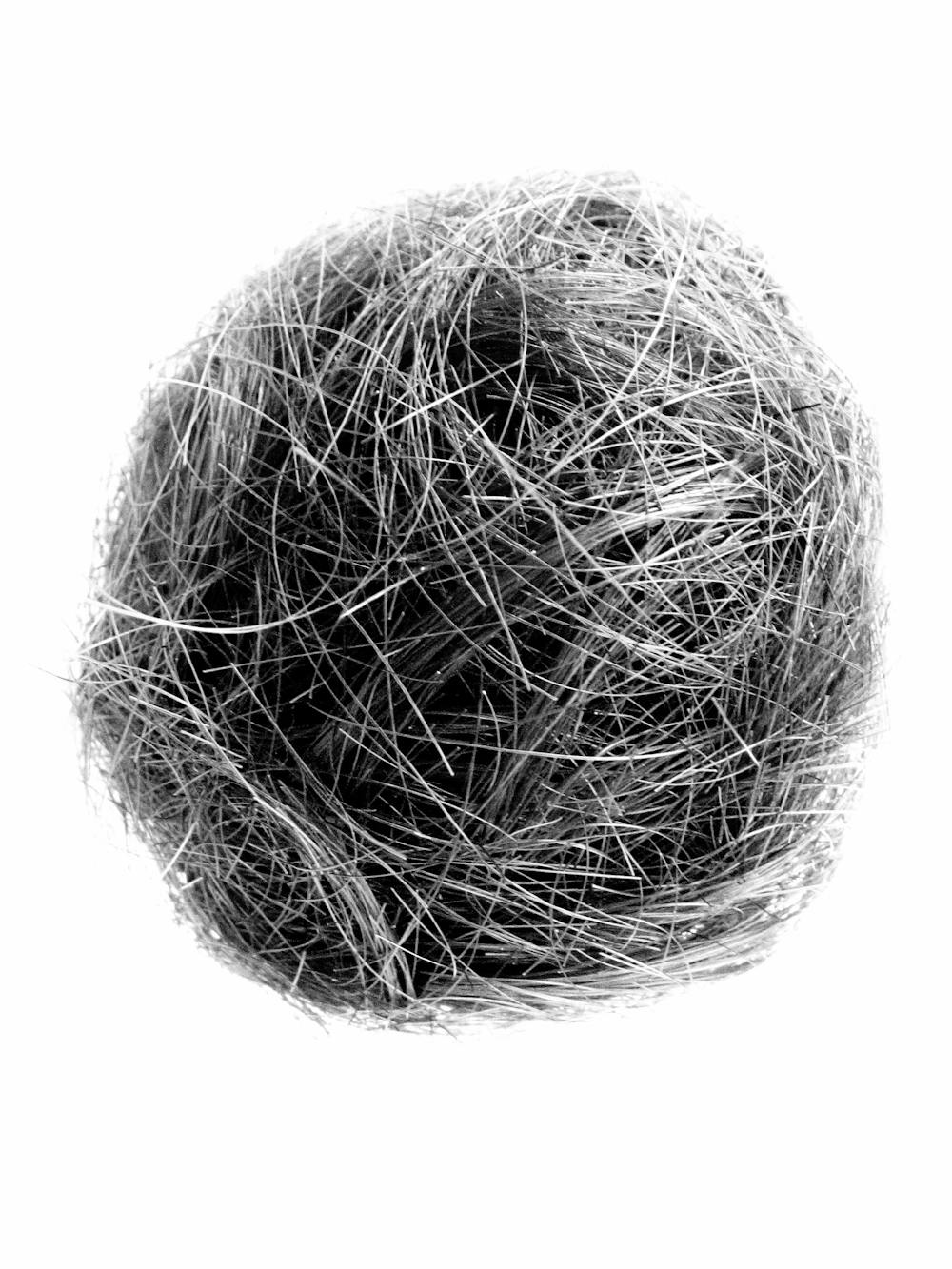hair eating disorder in toddlers
Your child also does not have to meet the criteria for a disorder to benefit from intervention. It is an Eating Hair Disorder.

Children Teens Media And Body Image Infographic Body Image Infographic Health Infographic
In children under two years of age mouthing objectsor putting small objects in their mouthis a normal part of development allowing the child to.

. Others may have functional dysphagia. The disorder involves craving and eating non-nutritious non-food substances such as clay dirt paper soap cloth wool pebbles and hair. Signs of a more developed eating disorder can include.
The causes of a toddler eating disorder can run the gamut from true medical conditions to pure behavior problems. These include anorexia nervosa bulimia nervosa avoidantrestrictive food intake disorder and binge eating disorder. Praise her when she drops the hair and accepts the teething toy.
It can be because of anxiousness or nervousness. That was one heck of a challenge but one that I was motivated to accept. A mounting sense of tension or anxiety directly before hair pulling or when trying to resist in compulsive hair pulling.
In extreme cases this can lead to a hair ball trichobezoar. This behavior occurs to the point of noticeable hair loss. Specialists at Hassenfeld Childrens Hospital at NYU Langone recognize and manage several types of eating disorders that can affect children and adolescents.
Pica is an eating disorder in which children develop cravings for non-food items for more than a month. Non-food items can include dirt sand paper paint chalk hair wood and more. Pica usually improves as kids get older.
Persistent excessive pulling of ones hair that results in obvious hair loss. It can involve pulling hair from any part of the body not just the scalp and in. The term is derived from ancient Greek θρίξ thrix hair and φαγεῖν phagein to eat.
Hair-pulling disorder typically starts when children are between 10 and 13 years old she said. If fruit juice is giving her diarrhea suggest eliminating it from her diet. The signs and symptoms of trichotillomania in children include.
Pica is one of them. When kids dont get enough vitamins minerals and protein their hair can fall out. So the behavior isnt usually considered a disorder unless a child is older than 2.
Worry about body image. This is a condition that child psychologists have coined to explain a lot of behaviors associated with how a toddler eats its hair. Trichophagia 1 is defined as the habit of eating hair a form of pica or the persistent craving and compulsive eating of nonfood substances.
Pica occurs more frequently with children. For many people with trichotillomania hair pulling is a way of dealing with negative or uncomfortable feelings such as stress anxiety tension boredom loneliness fatigue or frustration. Most cases of pica happen in young children and pregnant women.
Every mealtime every snack every time my eating disorder tried to convince me to skip I reminded myself why I had to eat. Anthralin applied to the skin for a short time and then washed off may also be used. Trichotillomania is hair loss caused by.
Trichophagia is the compulsive eating of hair associated with trichotillomania hair pulling. Pica eating disorder in children leads to problems in the digestive system and delays in development. Its normal for kids up to 2 years old to put things in their mouth.
However nutrient deficiency can also be a good reason. Early warning signs can include. I am eating for my muscles.
Pica is an eating disorder that involves eating items that are not typically thought of as food and that do not contain significant nutritional value such as hair dirt and paint chips. The most common areas for hair pulling are the scalp eyelashes and eyebrows but may involve hair anywhere on the body. This is particularly effective in young kids so the sooner you start the better.
It is not the same as chewing on the ends of ones hair. There is an eating disorder called Pica which children eat non-food objects. At times it can be because of how the toddler is seeking some sort of comfort.
An expert will recommend some sort of cognitive behavior therapy probably a combination of blocking your toddlers ability to pull out his hair often by wearing gloves or socks on his hands or by your sewing the wrists shut on a long-sleeve shirt or pajamas. This behavior occurs to the point of noticeable hair loss. In young children hair pulling will often come and go.
Worry about body image. For example some toddlers refuse food because of FAED Food Avoidance Emotional Disorder which is an emotional disorder that causes extreme mood swings leaving children with little appetite. Give her regular fruit instead.
A classic example of this disorder is when a child eats sand. Aversion to tastes or textures. I am eating for my body.
In trichophagia people with trichotillomania also ingest the hair that they pull. A c ompulsive disorder where the individual eats chews and swallows his or her own hair. Hair loss can be a sign of eating disorders like anorexia and bulimia as.
I am eating for my bones. Keep the item close at hand so you can rapidly offer her the acceptable behavior. The eating disorder where children consume non-food items on a frequent or regular basis is called pica.
People with trichotillomania often find that pulling out hair feels satisfying and provides a measure of relief. Pica is often seen in kids living in poverty or in those whove been abused or neglected. Its thought more females than males develop Rapunzel.
I eating for my hair. If fruit juice is giving her diarrhea suggest elimating it from her diet. Fear of stomach aches.
A rush of pleasure relief or gratification when hair is finally pulled out. Hair growth may come back in 8-12 weeks. Give her regular fruit instead.
I am eating for my brain. Trichophagia is the compulsive eating of hair associated with trichotillomania hair pulling. I am eating for my.
If you can be consistent over time likely weeks.

Toddlers Tiaras The Makings Of Childhood Eating Disorders

Toddler Portion Sizes Everything You Need To Know Sensory Diet Sensory Picky Eating

How To Stop Trichotillomania Hair Pulling In Children

Why Is My Child Pulling Out Or Eating Their Hair Child Therapy

The Secret To Getting Your Kids To Eat Anything Parenting Hacks Natural Child Birth Gentle Parenting

Why Do Babies And Toddlers Pull And Eat Hair

90 Of A Child S Brain Develops In The First 5 Years Of Life Brain Development Childhood Development Development

How To Stop Baby Pulling And Eating Their Hair Momlovesbest

25 Speech And Language Strategies Spanish Speech And Language At Home Speech And Language At Home Speech And Language Early Intervention Speech

2 629 Likes 48 Comments Sharon Mazel Parenting Expert Sharonmazel On Instagram Terrible Twos N Parenting Expert Two Year Olds Two Years Old Activities

How To Feed A Baby Who Won T Eat 10 Easy Tips 10 Easy Baby Feeding Feeding

Cough Remedies For Infants And Toddlers Natural Remedies Family Health Improve Health

My Baby Is Pulling Out Her Own Hair What Should I Do Babycenter

How Not To Raise A Picky Eater Picky Eaters Kids Eat Free Children Eating

Pin On Sensory Processing Disorder

75 Feeding Therapy Tips Strategies Food Therapy Feeding Therapy Dysphagia Therapy

Unusual Conditions What Is Rapunzel Syndrome And Why Do Some People Eat Hair

